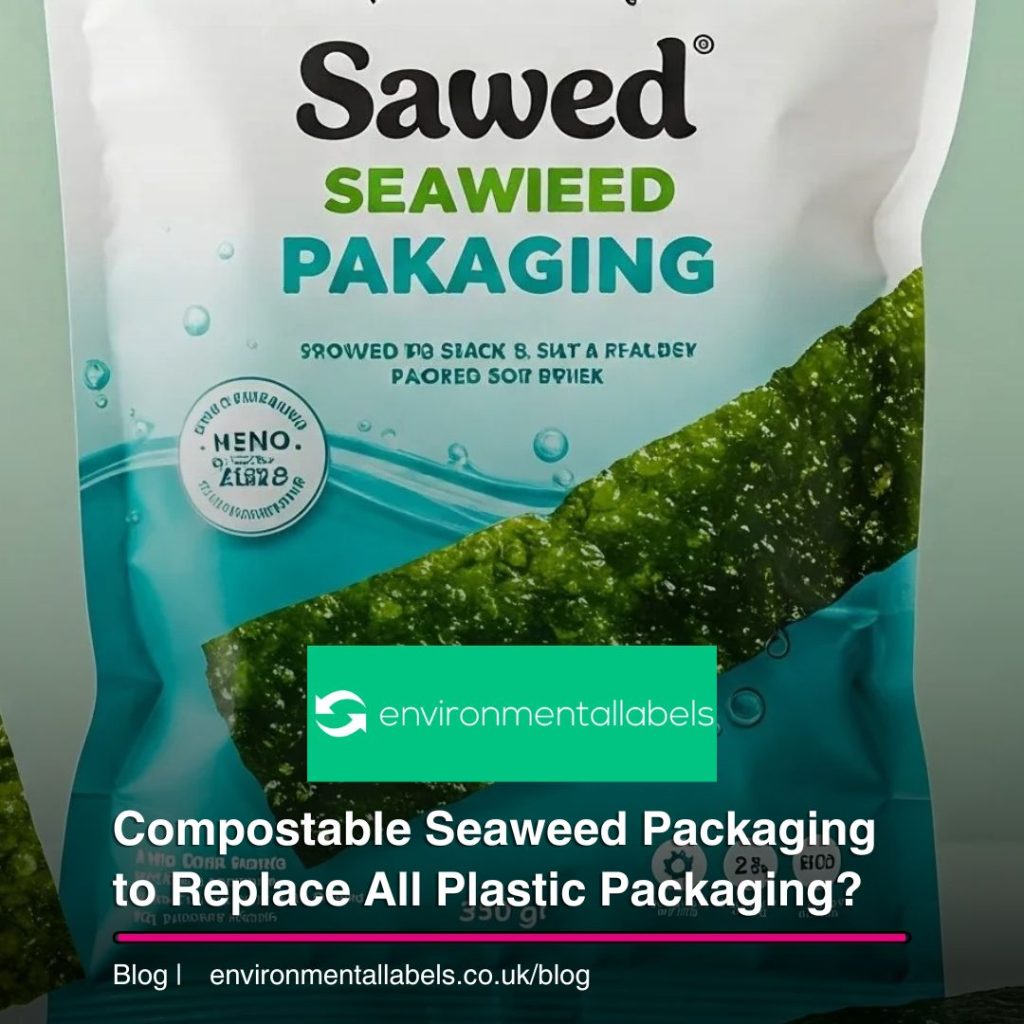Seaweed thrives naturally in both marine and freshwater environments without the need for additional inputs such as fertilizers or pesticides. When cultivated sustainably, it has the potential to play a significant role in reducing reliance on fossil-based plastics. One example of its application is in the production of polylactic acid (PLA), a biodegradable thermoplastic monomer. Additionally, its rich content of vitamins, minerals, and fibre makes it a promising candidate for use in edible packaging solutions.
As a natural source of polysaccharides, seaweed is expected to serve as either a raw material or an active agent, offering a potentially more sustainable and environmentally friendly alternative to synthetic chemicals. Scientists highlight that polysaccharides possess natural antioxidant properties, which can help slow lipid oxidation, thereby extending the shelf life of packaged food while preserving its nutritional value.
Meanwhile, polysaccharides derived from brown seaweed are thought to influence the properties of film packaging and join compounds like citric acid and enzymes in the production of active packaging – a process that, according to research, has the potential to be sustainable. When applied to packaging, they are said to increase hydrophilicity, or solubility in water, as well as enhance its mechanical properties such as tensile strength and elongation at break.
Various scientific studies have examined the specific qualities exhibited by seaweed-based packaging; a blend film made with chitosan and kappa-carrageenan apparently produces flexible packaging with a smooth finish, high tensile strength, and improved water resistance. In particular, the kappa-carrageenan cuts down the water vapour permeability, water solubility, and elongation at break. The addition of the organosulfur compound allyl isothiocyanate also improves the gas barrier and coating properties.
Other sectors are already producing seaweed waste; for instance, the food industry adheres to strict quality standards that result in inedible seaweed falling by the wayside. If this re-enters the natural environment, it could have a detrimental effect on marine life.
This is because the rising demand for seaweed is stimulating its cultivation. According to Data Bridge Market Research, “the increasing shelf life of products in the absence of additional logistical support is a major factor driving growth in the global seaweed-based packaging market during the forecast period [2022-2029]”, as well as the increasing concern for sustainable packaging solutions, changing legislation and government policies, and “the establishment of a base for raw materials such as plant-based sources”.
The ability to process seaweed into various forms is anticipated to be another reason behind its market growth, yet Data Bridge Market Research warns that market progress has been slowed due to a temporary lull in production resulting from the COVID-19 pandemic – as well as the apparent superiority of plastic alternatives in terms of tensile strength. Nevertheless, the organisation anticipates that seaweed-based packaging will reach a market value of US$613.42 million by 2029, and DS Smith places the European figure at €9.4 billion by 2030.
Back in 2014, Tomorrow Machine collaborated with the start-up Infarm to develop an indoor farming system called Microgarden. Serving as a miniature greenhouse that can be folded and unfolded at will, the solution claims to be made of reusable plastic and uses a seaweed-based, clear agar-agar gel as a growing medium from which plants can absorb moisture – apparently meaning that growers will never need to water their plants.
Seaweed is expected by Seaweed for Europe to result in a 5.4 million tonne reduction of CO2 and spare eutrophied European coastal waters from thousands of tonnes of nitrogen and phosphorus, protect coasts from erosion, and preserve biodiversity. The European seaweed industry could potentially generate around 150,000 jobs by 2030.

